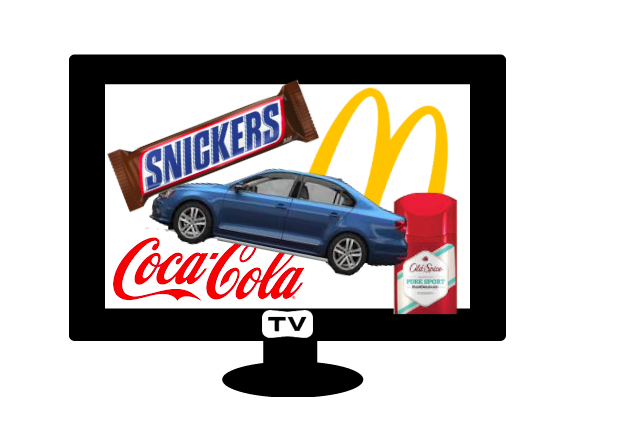The power of persuasion is a winning sport
Credit: Georgia Panitz
February 10, 2017
Super Bowl commercials pay a steep price to shape and manipulate consumers’ opinions of their products
Will you be watching the Super Bowl for the game, the ads or both?
In 2016, according to Forbes, 45% of people surveyed chose the game as the most important part of the Super Bowl, but a surprisingly high 23% of respondents chose the commercials as their top reason for viewing the game. The ads featured during the Super Bowl have become an event in and of themselves. Non-sports fans often watch the game just to see how outrageous or extraordinary the commercials will be, and some people anticipate the ads’ release weeks beforehand. There is even a website (www.superbowlcommercials.co) which speculates a year in advance about the new commercials for the future Super Bowl. Talk about hype! This site features a countdown clock to the Super Bowl, ad release updates, and even food ideas for the big game.
Some Super Bowl commercials are pre-released prior to the Super Bowl. Other commercials are discussed for days after the game. For Budweiser, the Clydesdale horses ad, which was first aired about 30 years ago during Super Bowl XX, features a different chapter to the story for each Super Bowl; it becomes a talking point as to whether this year’s story is better than the past. The lizard in the Geico ads or the “mayhem guy” in the Allstate ads become topics for people to talk about with friends.
As these companies drive millions of people to say, “Hey, have you seen that commercial?,” their quest for intensified product and brand awareness is accomplished, though at a steep price. In 2016, Forbes projected the cost of a 30-second Super Bowl ad to be $5 million – $166,667/second!
Did you know that on average, “every day, each of us is bombarded with over 1,600 commercial messages,” according to LifeSquared?
Commercials aim to grab the viewer or reader’s attention and to stimulate interest in the hopes of driving the viewer to purchase a company’s products. As actor Will Rogers once said, “Advertising is the art of convincing people to spend money they don’t have for things they don’t need.” Repetitively presenting ads of products, that then become very familiar to viewers, is an advertising strategy used to shortcut the consideration process for buying an item. Companies want the consumer to automatically select their item as shoppers are walking down the aisles of a store or shopping online. When asked what commercials they remember most, Hackley students responded with ads such as: Kars for Kids, Google, Geico, Audi, Toyota, Tide, Verizon, AT&T, Nike, McDonald’s and Frosted Flakes/Coco Crisp cereals. What are the first few ads that come to mind for you?
Advertisements not only communicate the properties of products, but they can also impact a consumer’s emotional response. In a process called affective conditioning, companies showcase their products next to objects about which people already have positive feelings to trigger the consumer’s brain to feel good about the product as well. For example, if toothpaste is advertised surrounded by sunshine and flowers, people will feel positive about the toothpaste as well. According to Psychology Today, a study was conducted on two groups of people who were both asked to pick between two brands of pens. 70-80% of the time the consumers chose the pen brand whose commercials utilized affective conditioning, even if it meant that the brand they chose possessed the relatively weaker set of product features.
Over the last several years, commercials have gone to great extremes to not only advertise the merits of their products, but also to build brand identity. Their goal is for consumers to want to wear, to eat or to own the product as a status symbol. In his book Business Ethics, Hans Peter Schmitz observes that we “identify ourselves with the products we buy. Consumerism goes beyond the idea that our brands (whether we wear Nike sneakers or TOMS shoes, whether we drive a Dodge Charger or a Toyota Prius) are symbols of who we are. Consumerism means our products aren’t just things we wear to make statements. They are us; they incarnate the way we think and act.”
As television has lost its virtual monopoly as the primary form of media for most consumers, television commercials have been driven to become much more elaborate as they must now compete with Twitter ads, Facebook ads, and other electronic media that can target specific groups of consumers with increasing granularity. The Super Bowl ads are a prime example of this need to create, hype, and spend. Tune in to Super Bowl LI to see which commercial you think is the most impressive!

